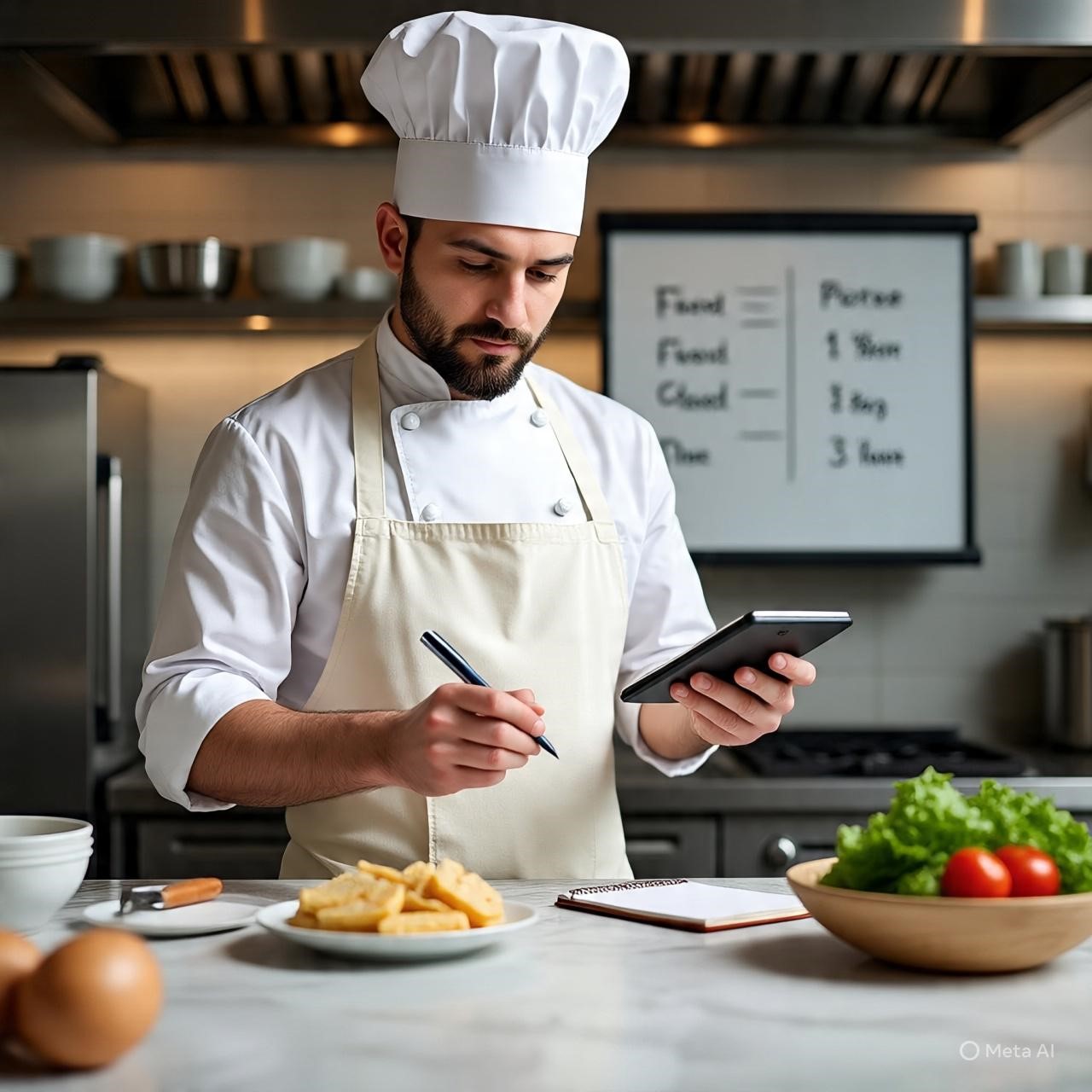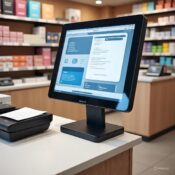
Food Cost Formula: How to Calculate Food Cost Percentage
In the restaurant and food service industry, managing costs isn’t just about budgeting—it’s about survival. One of the most crucial financial metrics any food business must monitor closely is the food cost percentage. Whether you’re running a fine dining restaurant, a quick service eatery, or a bakery, understanding and managing your food cost helps you maintain profitability, set strategic menu prices, and prevent waste.
At Roquin Solutions, we provide point-of-sale (POS) and back-office tools that help businesses track these costs in real time—empowering restaurant owners with better visibility and financial control. In this guide, we’ll walk you through how to calculate food cost percentage, why it matters, and how technology can make it easier to manage.
What Is Food Cost Percentage and Why Is It Important?
Food cost percentage is the ratio of the cost of ingredients used to make a dish (or over a period of time) relative to the revenue generated by selling that food. It reflects how efficiently you manage your inventory, purchasing, pricing, and waste.
For example, if it costs you $3.00 to make a dish that sells for $10.00, your food cost percentage for that item is 30%. While that might seem healthy, if you’re consistently seeing percentages above industry benchmarks—typically between 25% and 35%—it could indicate issues such as poor portion control, supplier pricing problems, or excessive food waste.
Tracking food cost percentage helps restaurant owners:
● Price menu items strategically
● Improve margins and reduce unnecessary expenses
● Spot theft or inventory loss early
● Make data-driven purchasing decisions
The Food Cost Formula Explained
The standard formula to calculate food cost percentage is:
(Cost of Goods Sold ÷ Food Sales Revenue) x 100 = Food Cost Percentage
Let’s break it down:
1. Cost of Goods Sold (COGS): This is the total cost of the ingredients you used over a given period. It includes all consumables—proteins, produce, spices, sauces, garnishes, etc.
2. Food Sales Revenue: This is the total sales generated from selling food in that same time frame (excluding beverages and merchandise if you’re calculating food-only costs).
Example:
If you spent $5,000 on ingredients in a month and your food sales revenue for that month was $16,000:
($5,000 ÷ $16,000) x 100 = 31.25%
That means you’re spending just over 31 cents in food costs for every dollar earned.
How to Accurately Track Costs?
It’s not enough to just calculate food cost at the end of the month. For meaningful insights, restaurant operators should continuously track inventory usage, monitor daily sales, and tie all costs back to real-time data.
Using POS tools from Roquin Solutions, restaurants can:
● Monitor ingredient usage in real time
● Track sales of individual menu items
● Integrate vendor pricing updates into the inventory system
● Set alerts for high-cost menu items or shrinking margins
Additionally, our systems support recipe-level costing. This means you can enter the cost of every ingredient in a menu item and calculate its exact margin automatically—enabling you to make smarter decisions when tweaking recipes or adjusting menu prices.
Factors That Can Affect Food Cost
Many elements impact food cost percentage. A few key variables include:
Portion control: Inconsistent portions can dramatically alter your costs. Training your kitchen staff and using tools like portion scales can help maintain consistency.
Waste: Spoilage, over-prepping, or improper storage can lead to unnecessary waste. Regular inventory audits and waste logs are vital.
Vendor pricing: Ingredient prices fluctuate. Regularly comparing supplier rates and negotiating contracts can reduce overall costs.
Menu design: If too many dishes rely on expensive ingredients or lack cross-utilization (using the same ingredient in multiple dishes), your cost percentages may spike. A well-designed menu balances high-margin and signature items.
Roquin’s POS and inventory software provides dashboards to view these data points, helping you stay on top of every factor that can impact food cost.
Optimizing Your Food Cost: Tips for Long-Term Success
Managing food cost isn’t about slashing budgets—it’s about creating a sustainable balance between value and profit. Here are a few ways to improve your food cost percentage:
● Conduct weekly inventory checks to reduce waste and monitor ingredient usage.
● Use recipe costing software to assess margins for every menu item.
● Adjust pricing based on ingredient volatility (e.g., seasonal seafood or produce).
● Utilize menu engineering reports to identify which items bring in the most profit.
● Rotate specials to promote high-margin or excess inventory items.
With Roquin’s system, all these strategies can be tracked and managed centrally, giving you better financial control and visibility across your operation.
Conclusion
Understanding and managing your food cost percentage is a cornerstone of running a successful restaurant or food business. It impacts pricing, profitability, and sustainability. While the formula itself is simple, the execution requires discipline, insight, and the right tools. With Roquin Solutions’ POS and inventory systems, you can gain real-time control over your food costs, spot inefficiencies early, and make smarter operational decisions. Whether you’re a chef, restaurant owner, or manager, mastering food cost is key to long-term success—and we’re here to help you every step of the way.
FAQs
What is a good food cost percentage for a restaurant?
Most restaurants aim for a food cost percentage between 25% and 35%. However, this varies by cuisine, restaurant type, and location. Fine dining establishments may accept higher percentages due to premium ingredients, while quick-service venues aim for lower percentages to maintain slim margins.
How often should I calculate my food cost percentage?
Ideally, you should calculate it weekly to catch fluctuations early. Monthly analysis is also helpful for strategic planning, but weekly tracking allows you to make real-time corrections if costs spike unexpectedly.
What’s the difference between theoretical and actual food cost?
Theoretical food cost is the expected cost based on ideal ingredient usage with no waste or theft. Actual food cost reflects what you actually spent. Comparing the two helps you identify inefficiencies and reduce loss.
Can technology help reduce food cost percentage?
Absolutely. POS systems with inventory and recipe tracking can identify high-cost items, monitor usage patterns, and reduce waste. Roquin Solutions offers integrated platforms designed to do exactly that—turning raw data into actionable insights.
Should I calculate food cost for each dish?
Yes. Recipe-level costing helps you understand profitability per item, not just overall performance. This allows you to focus your marketing and upselling efforts on high-margin menu items.




